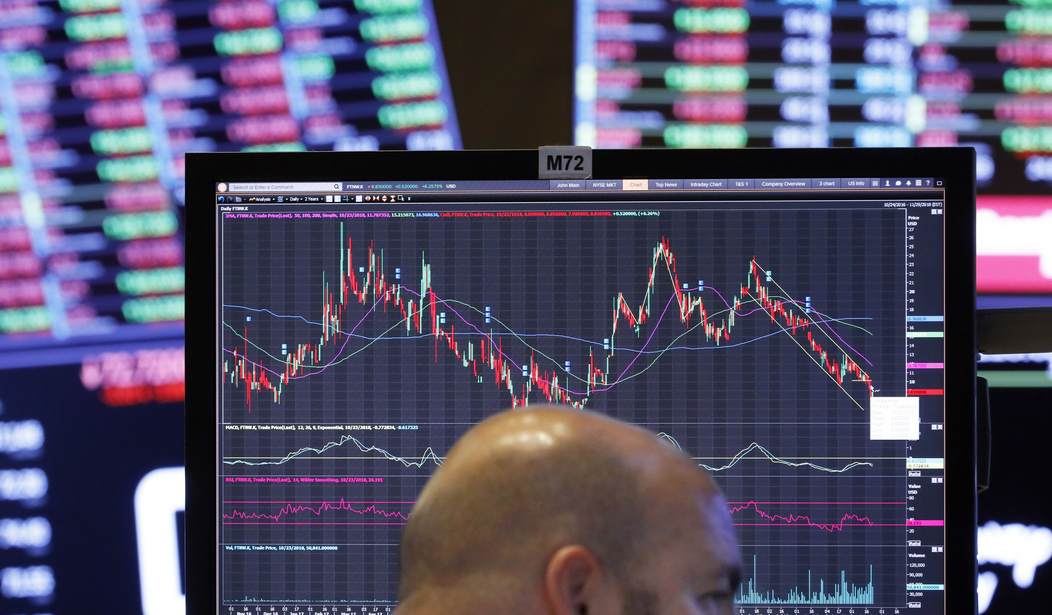My entry in today’s “Make the Reader’s Eyes Glaze Over” contest is based on this story published a couple of days ago by Bloomberg.
My expertise in investing in financial markets is derived from my decades-long experience in losing money from the limited individual investor trading that I have done. I got quite good at it at one point.
I remember vividly the warnings given to me by friends in the business who said “Buying based on factors like “price-to-revenue” numbers — when the company has never actually made a profit — is a questionable long-term strategy.” I should have taken that advice to heart back in the March 2000 “Doc.com bubble.”
More recently, a VERY sophisticated financial services industry veteran who is a close friend and business partner told me “The equities market is for suckers.” Given his background which I’m very familiar with, I took that advice to heart. Just to prove his point, he noted that the 9 figures of assets managed by him and his partners are in places like lumber, tin, and cobalt mines around the world. Their “financial services” investments aren’t in bank stocks but in micro-lending enterprises in third-world countries.
So, when I stumble across an article like the Bloomberg article yesterday, I start thinking “What can I do to safeguard my 401k”?
As reported by Bloomberg, issuance of new securities into the secondary market — companies selling new stock to the public on publicly traded exchanges like the NYSE and NASDAQ — by companies that are losing money is now twice the total by sales volume of the number of new securities being sold into the secondary market by companies that are profitable.
During the past 12 months, almost 750 money-losing firms have sold shares in the secondary market, exceeding those that make profits by the biggest margin since at least 1982, data compiled by Sundial Capital Research show.
“That perhaps points to companies getting greedy,” said Mike Bailey, director of research at FBB Capital Partners. “Anytime you have a bunch of selling by desperate companies,that could be a signal we’re closer to a top than a cyclical bottom.”
In fact, the previous two periods in which unprofitable firms dominated the pool of equity offerings, the S&P 500 Index was either at the start of a bear market, or already in one.
Selling securities in this fashion is a form of raising working capital. It might be a situation where the company balance sheets are so bad they are no longer able to borrow money from banks, and the credit rating is so bad that there is no market for their bonds. In that situation, one of the only remaining ways to raise capital to fund operations in a money-losing enterprise is to continue to create and sell “equity” interests in the business — devaluing the equity interests already held by others.
This is a pattern that developed in 2000 as new “Dot.com” companies arose out of obscurity, grabbed hold of a place in the psychology of the net “internet economy” and sold themselves to the public as publicly-traded stock companies all before proving that they had a product/service or business model that would — you know — make money.
The 2000 episode showed what might be at stake. Back then, a similarly ebullient market lured profitless companies to offer shares. Once supply overwhelmed demand, the party turned into a scare. Stocks with no fundamental support sold off and the carnage spread to the rest of the market. “There can be too much money chasing too little good deals,” said Jeanette Garretty, chief economist at Robert Stephens Wealth Management. “When the good deals don’t need that money, they start looking for less great deals, and then down the road this is what can lead people to get their fingers burned.”
Not all of this is a scam on stock buyers. Earlier this year there was the well-publicized effort to take advantage of over-aggressive “shorting” of the stock of the company “GameStop” by some hedge fund operators who were betting on the imminent financial collapse of the “brick and mortar” retailer of video games and accessories. The response by investors to the exposed “short” position of the hedge funds drove GameStop’s stock value into the stratosphere because the hedge funds were forced to buy shares of GameStop stock in order to “cover” their short positions. GameStop accommodated its needs in some regards by selling more of its shares into the marketplace while the price was driven up, giving GameStop the operating capital to continue to fund its efforts to alter its business model and remain in business. As a result, GameStop looks much different today than it did just six months ago:
Similarly, GameStop has tapped equity markets twice this year in moves that the video-game retailer said would raise money to invest in growth initiatives and maintain a strong balance sheet. Activist investor Ryan Cohen has built a 13% stake in GameStop and is leading an effort to transform the company into an e-commerce powerhouse, away from its brick-and-mortar roots.
But, that doesn’t mean the alarm bells aren’t ringing by the actions of unprofitable companies across the broader market.
Don’t say you weren’t warned.














